Andrew Jackson was known as “The People’s President,” but of course, it depends on which people you’re talking about. Last week, we spent time learning about slavery at The Hermitage outside of Nashville, TN. It’s one of our nation’s oldest and largest historic site museums, and we took a two-hour tour that focused on the lives of the enslaved people who lived there.
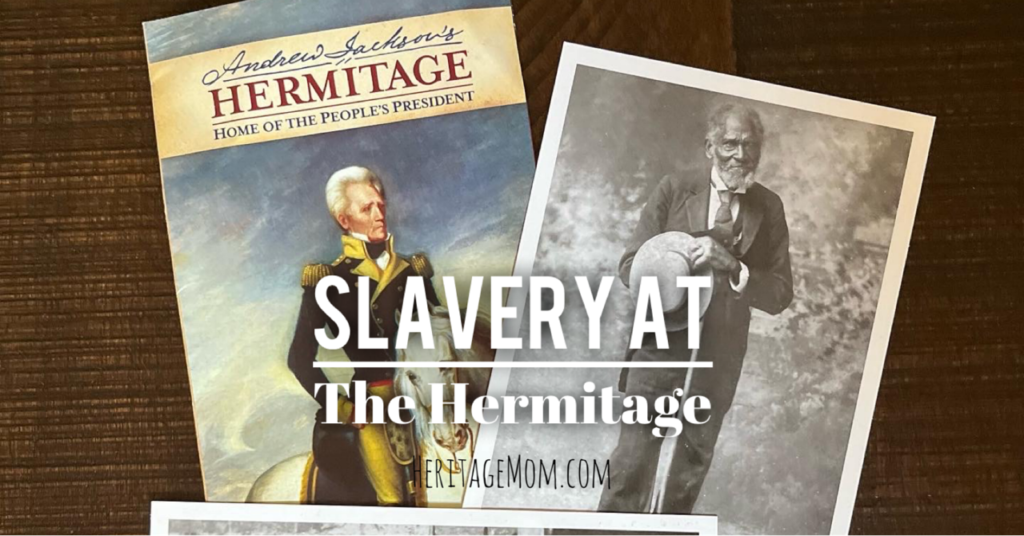
Let’s take a look at just a few of the highlights from Andrew Jackson’s life:
Before becoming our nation’s 7th leader, he engineered one of America’s most stunning military victories at the Battle of New Orleans.
He also handed a devastating blow with the Indian Removal Act which led to the loss of ancestral land and many, many lives (the Trail of Tears) through the forced removal of Indigenous Peoples.
He was the first president with a nickname (“Old Hickory”) and he sought to advance the rights of the common man against a corrupt aristocracy.
He also became a wealthy planter with hundreds of enslaved people so they would work for free to make and keep him rich.
But won’t visiting a presidential plantation perpetuate an unbalanced message of heroism?
“Over the years, we’ve enjoyed exploring the complexities of American history while visiting the former homes and plantations of past presidents and other prominent families throughout history. Some of my friends have questioned the wisdom of our road trips to places like George Washington’s Mount Vernon and Thomas Jefferson’s Monticello.
I think there’s a fear that by visiting these estates where some of our country’s leaders held humans captive against their will, I’ll be perpetuating the message of heroism without facing the realities of how these men and their families lived.
But that can’t be further from the truth. I don’t shy away from human complexities with my children, and there’s no better place to explore the nature of man than on the porch of a slave cabin resting on the property of some of our country’s most esteemed leaders.”
Amber O’Neal Johnston, A PLACE TO BELONG
What else did Andrew Jackson do?
His father died before he was born, and he lost his mother and both brothers in the Revolutionary War.
He also cared for multiple children within his home as an adoptive father and guardian, including his wife’s nephews and multiple Creek children (the irony!)
He had a strong sense of chivalry and responsibility, and he also had a horrible temper that led to multiple duels and severe beatings of enslaved people that he wanted to make an example of.
Question: How do we explain Andrew Jackson’s inconsistencies to our children?
Answer: We don’t have to. Our kids get it. They understand that people can do good things and great evil simultaneously.
The historic interpreter was concerned about my kids because of the sensitive information involved when discussing slavery at The Hermitage. I assured her that it would be okay, but I spared her my true thoughts: “Girl, my kids could lead this tour if you want to go sit in the shade for a bit.” 🙂
Kids are AMAZING. They have the full capacity to form their own opinions when given balanced information, and they typically will not demonize or deify historic figures if the adults in their lives don’t overspeak.
Give them the truth, and let them be!
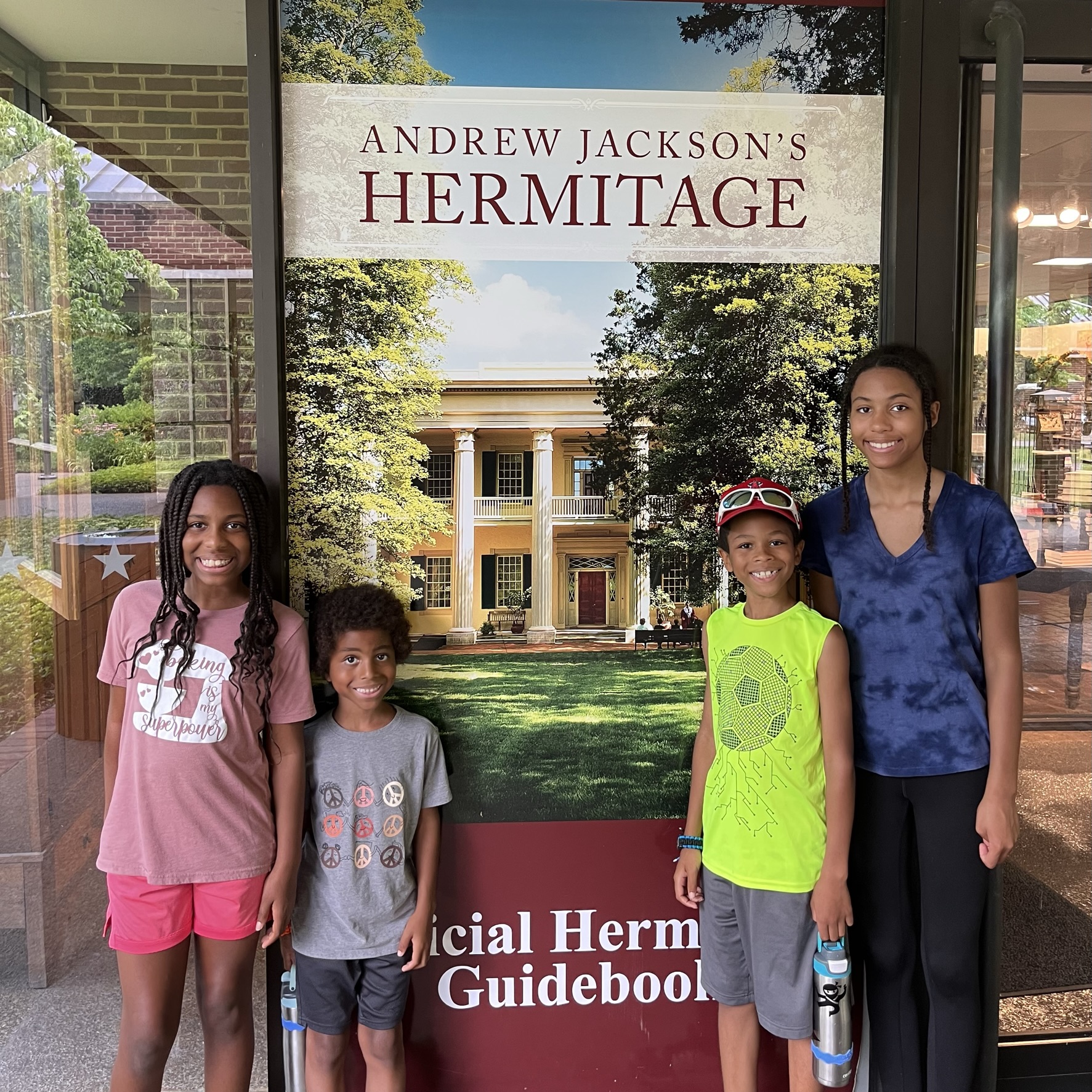
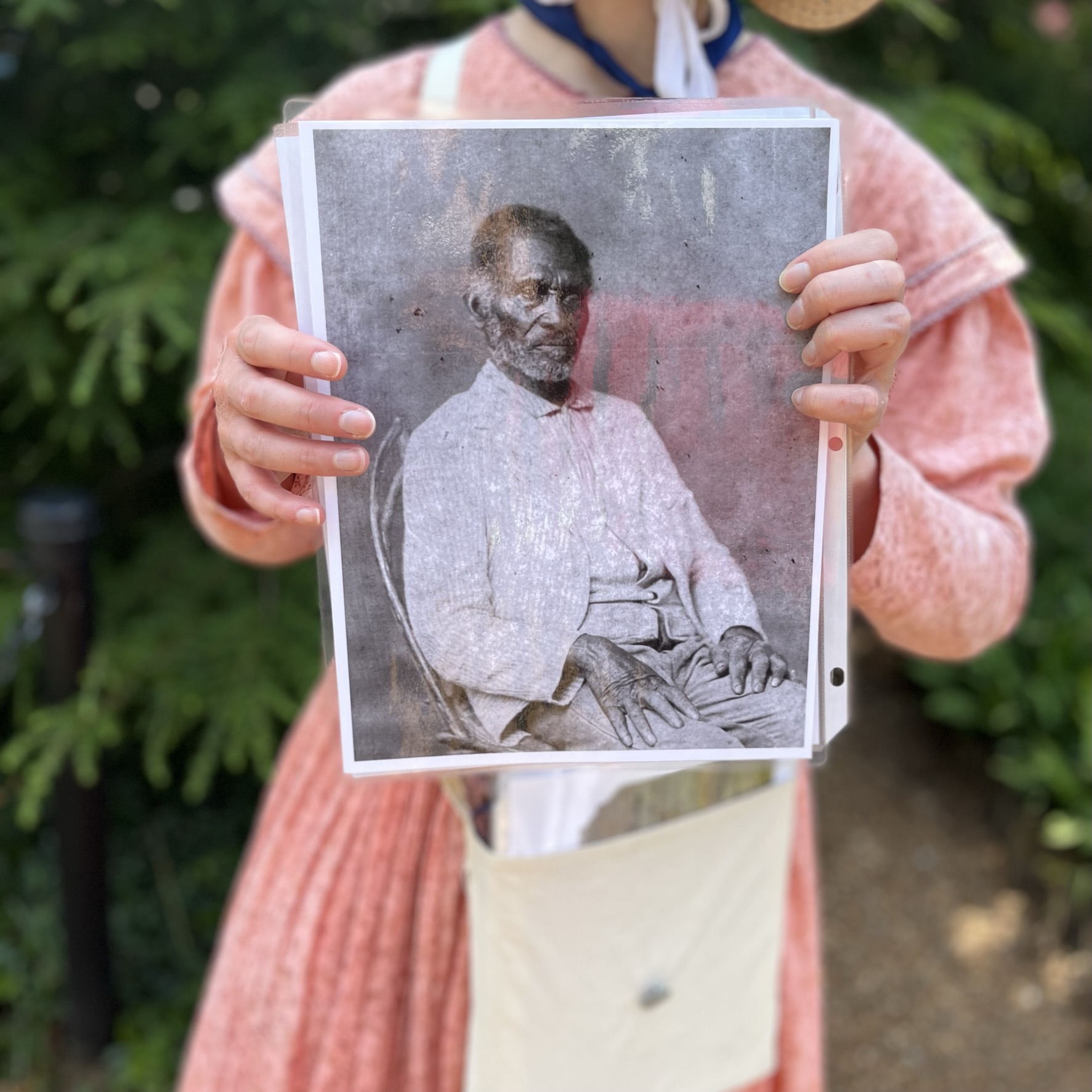
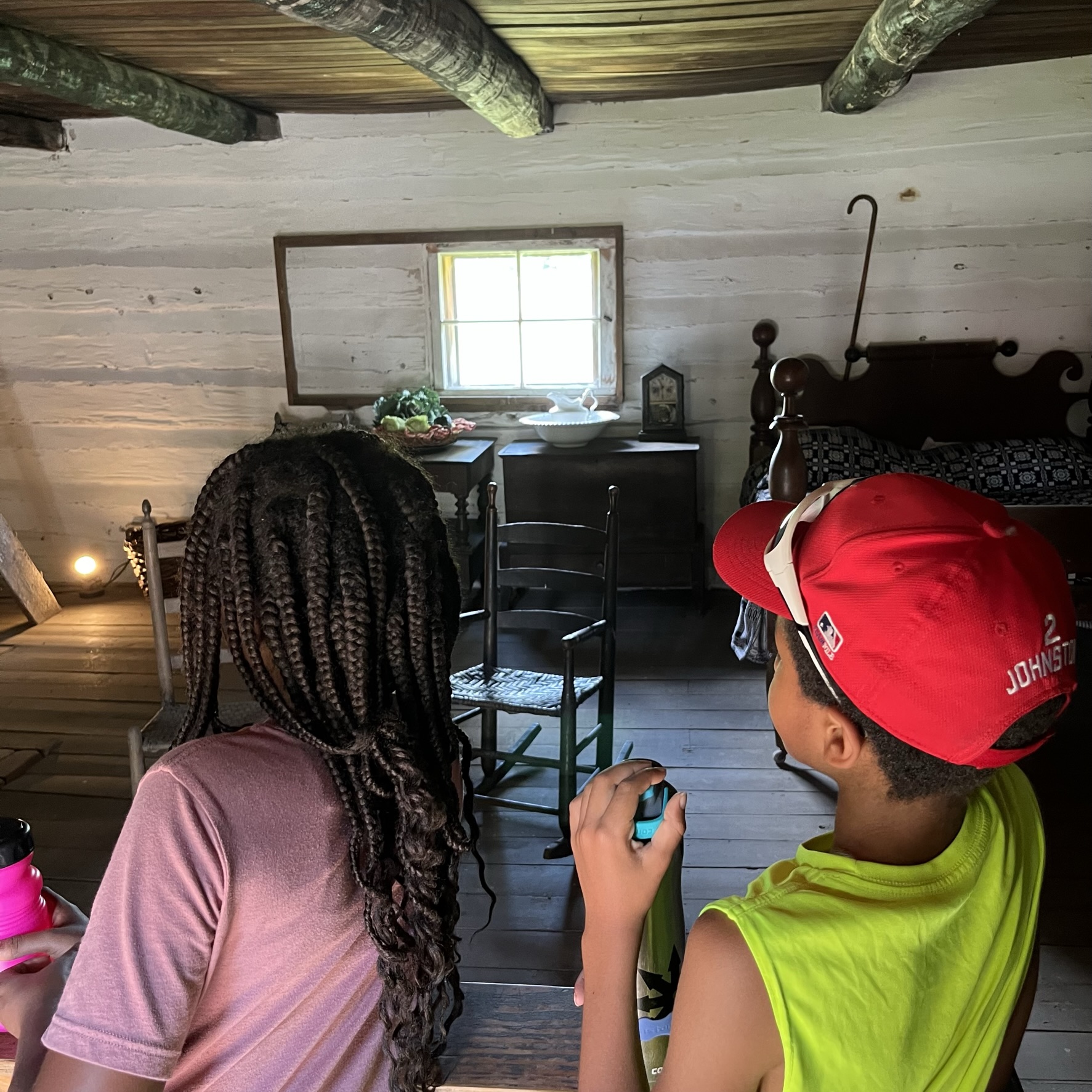
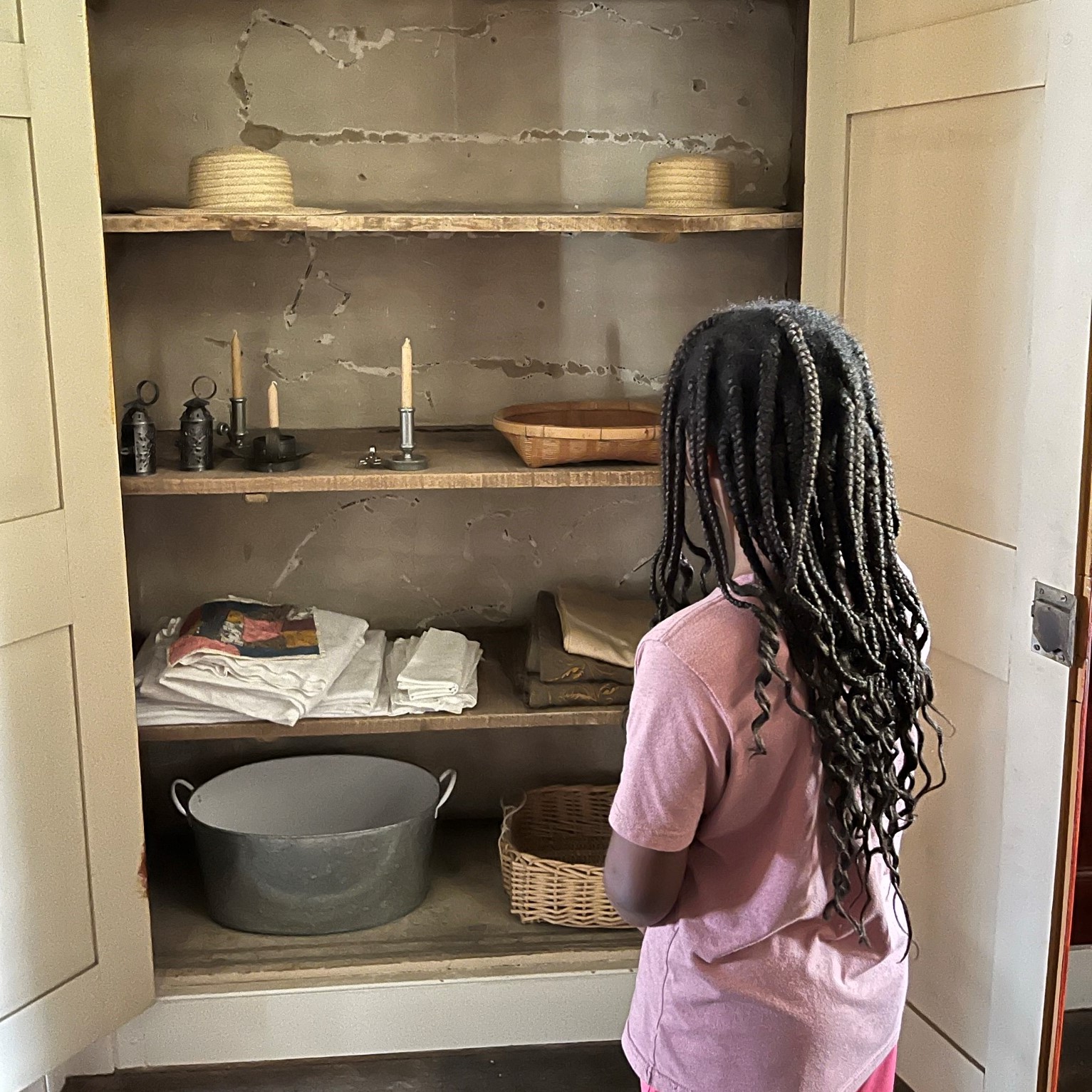
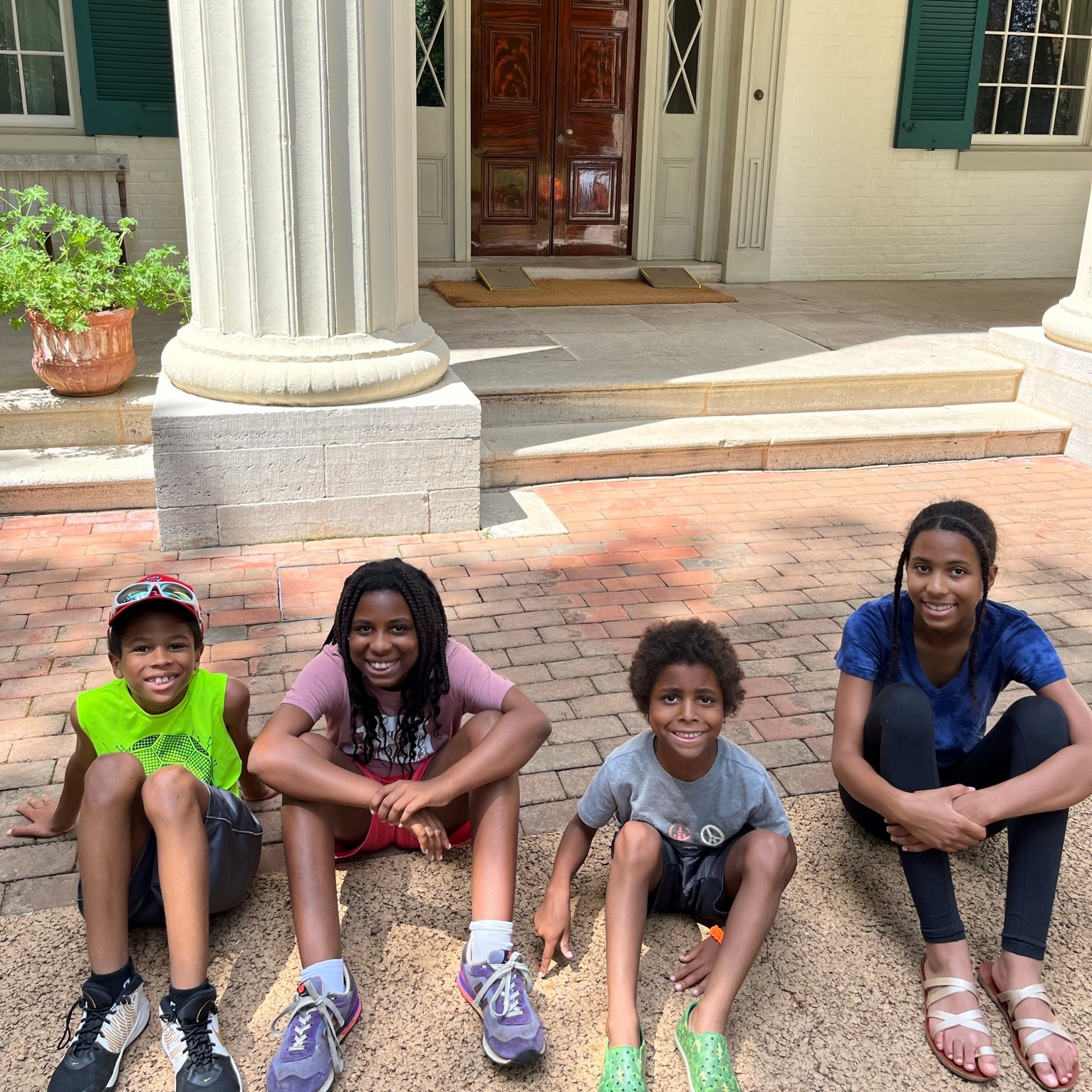

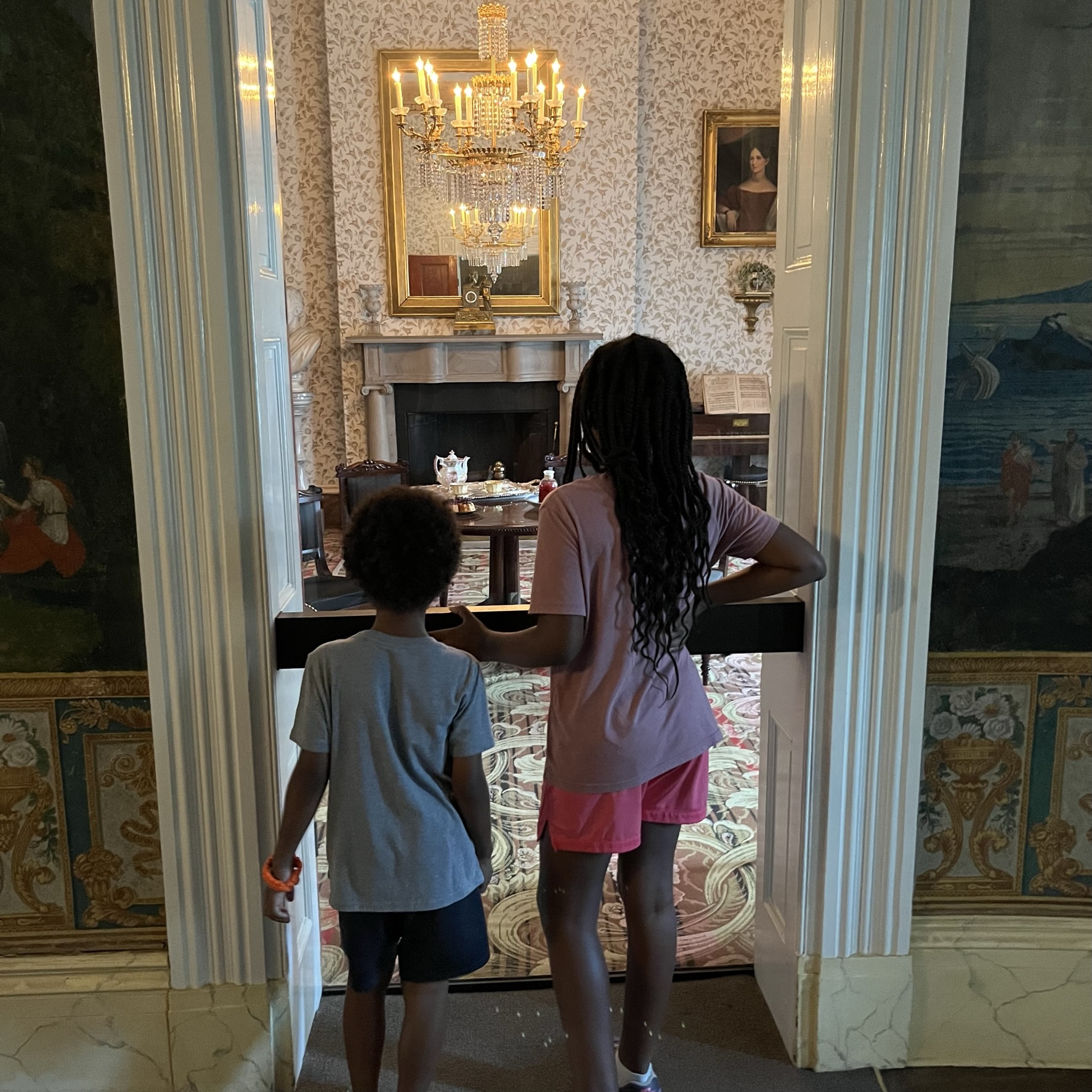

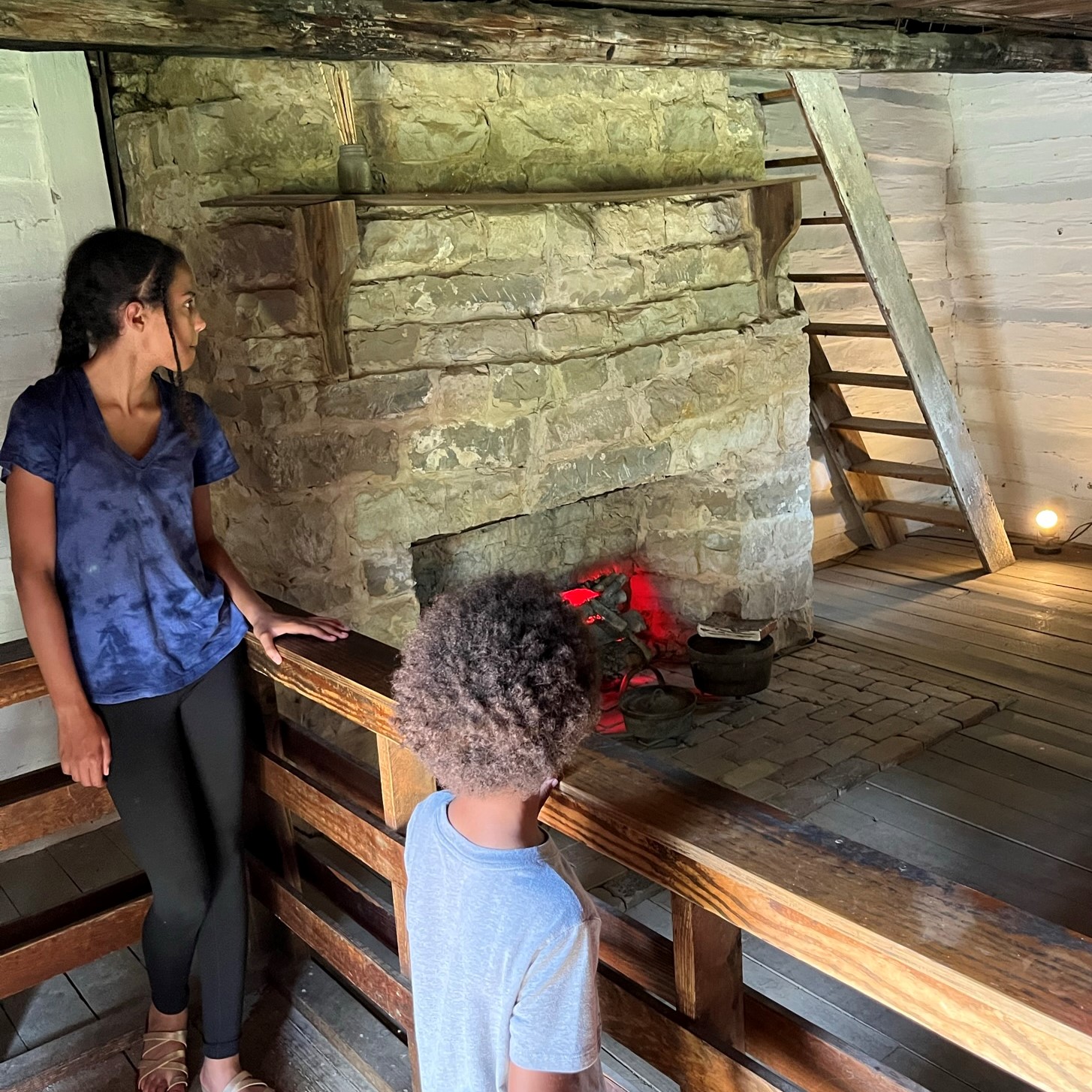
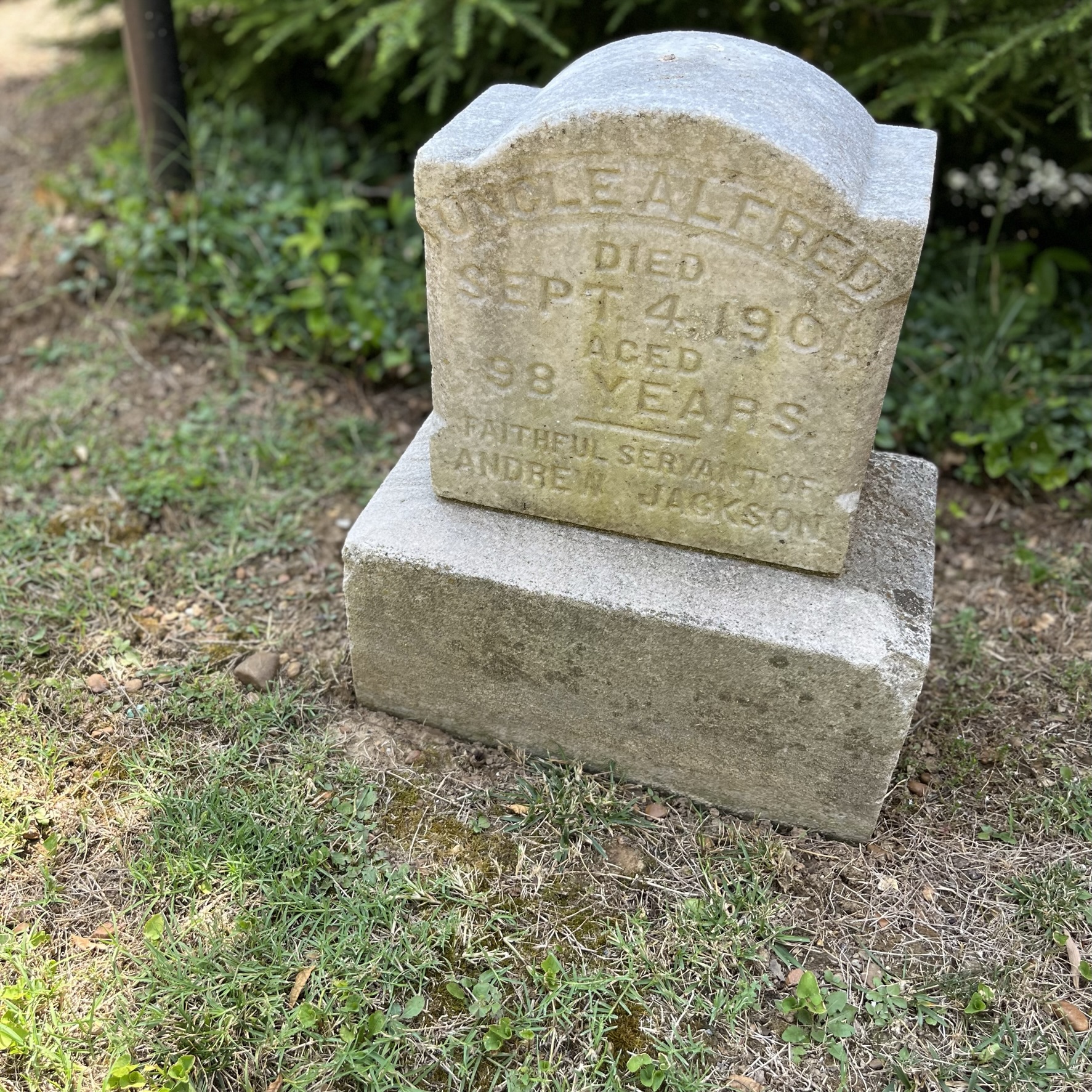
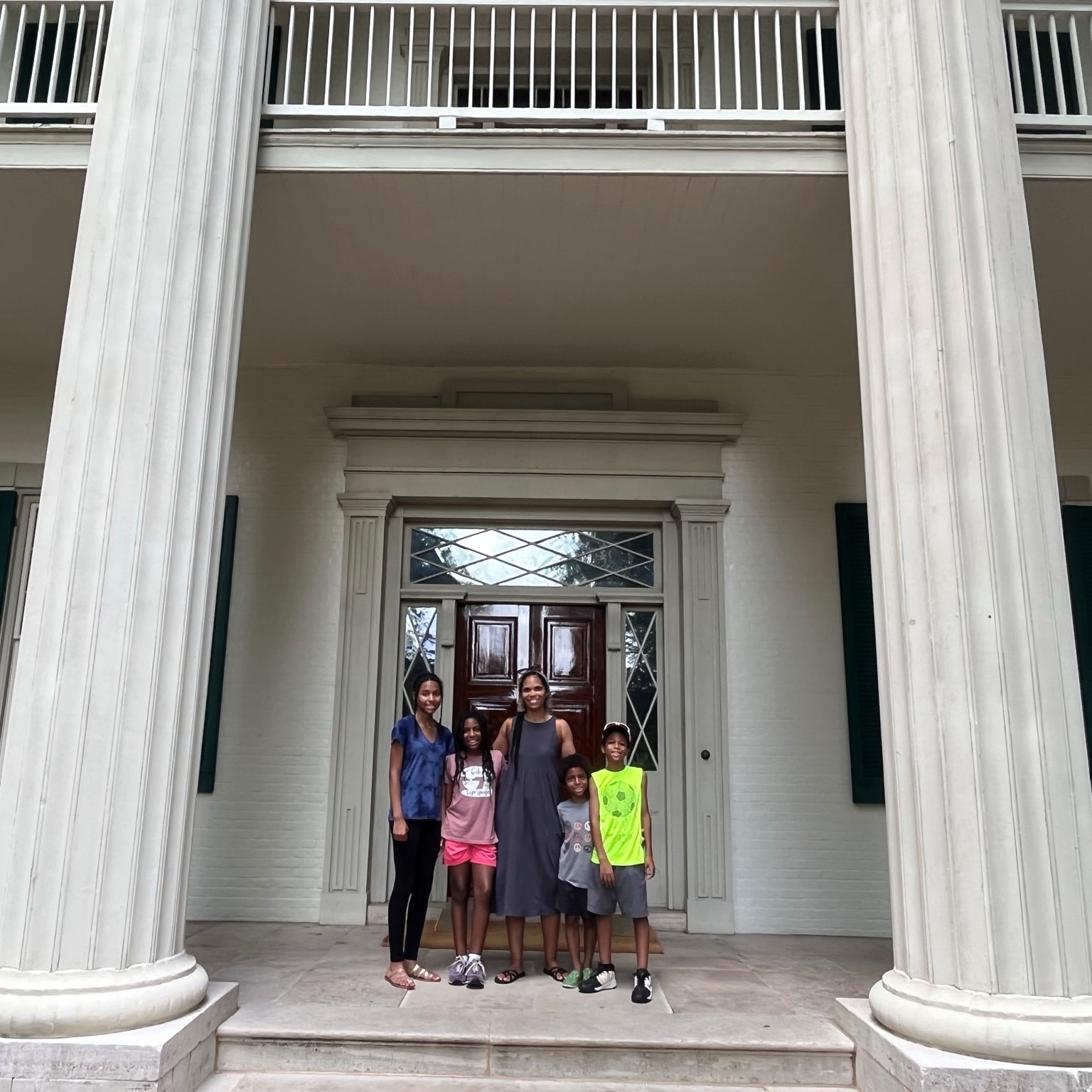
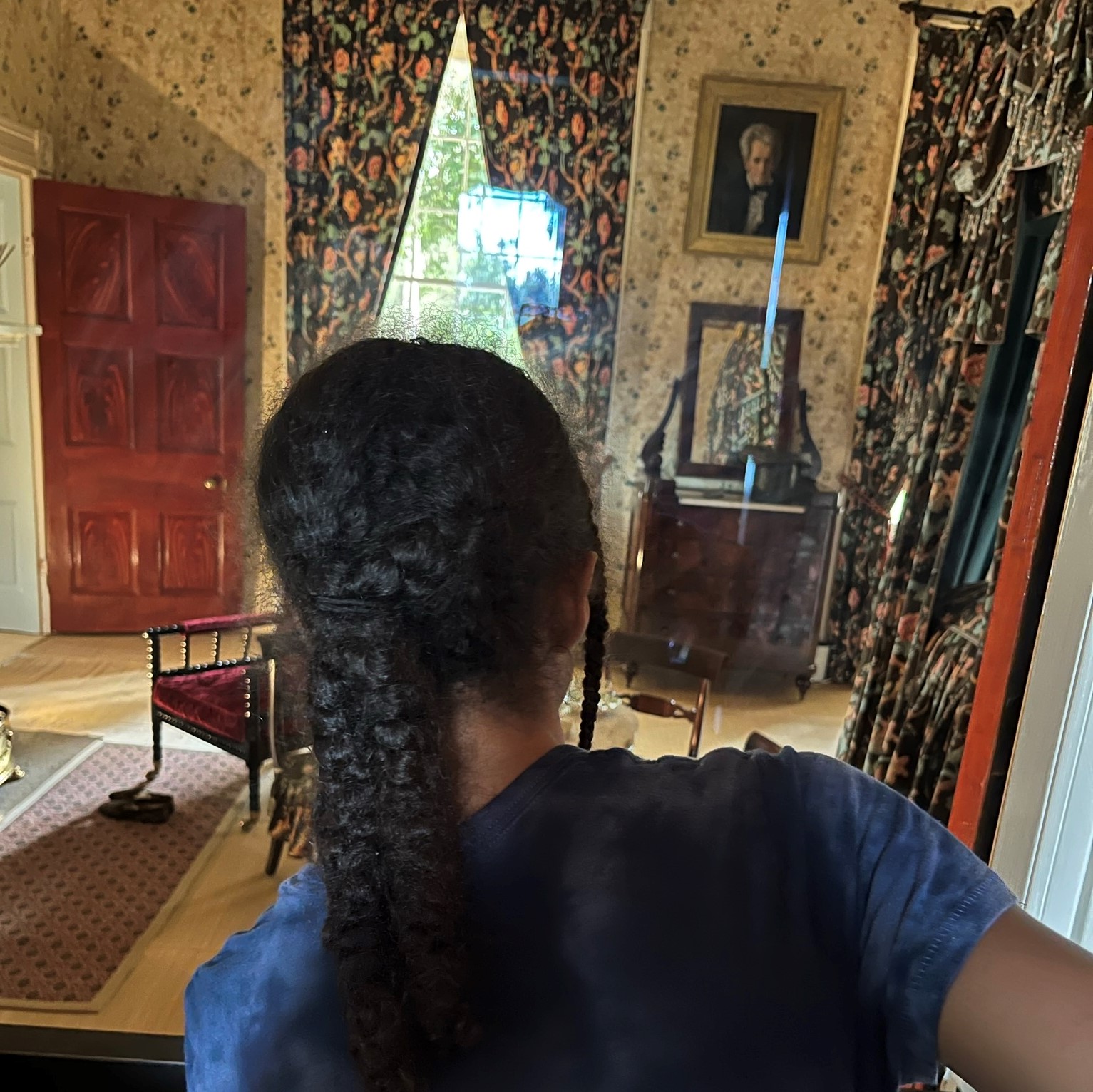
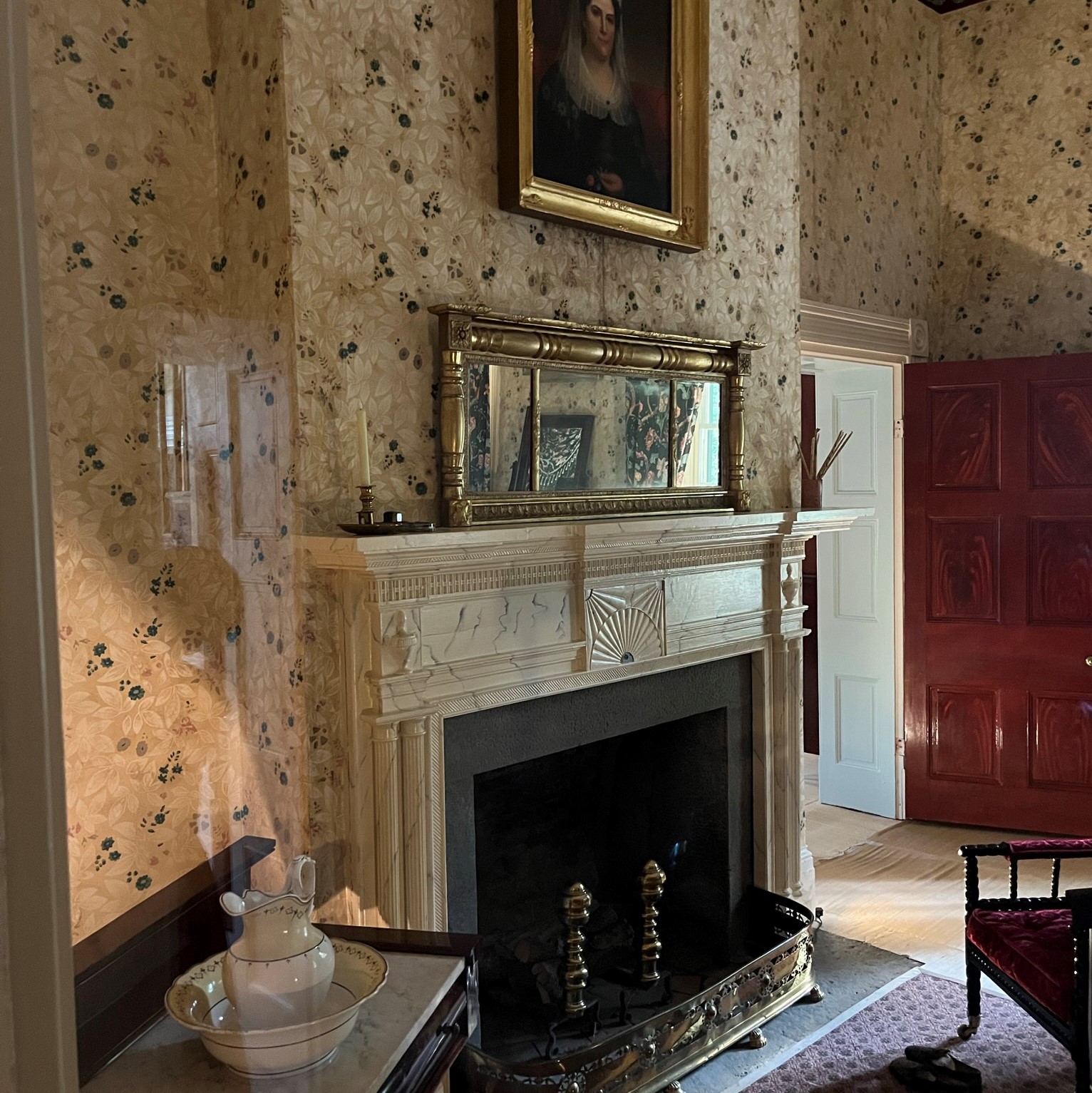


Want to learn more?
I talk about teaching hard history in a healthy way in my book, A PLACE TO BELONG. If you grab a copy, be sure to leave reviews online so others will find it too!). I also have a robust booklist that covers Black history during the same time period: 1800’s Black History Books
- In Their Footsteps: Lives of the Hermitage Enslaved Tour
- Understanding the legacy of slavery at Andrew Jackson’s Hermitage
- Enslaved families at The Hermitage
- List of other historic presidential sites in the United States
You can find me talking about things like this and more on Instagram @heritagemomblog. See you there!
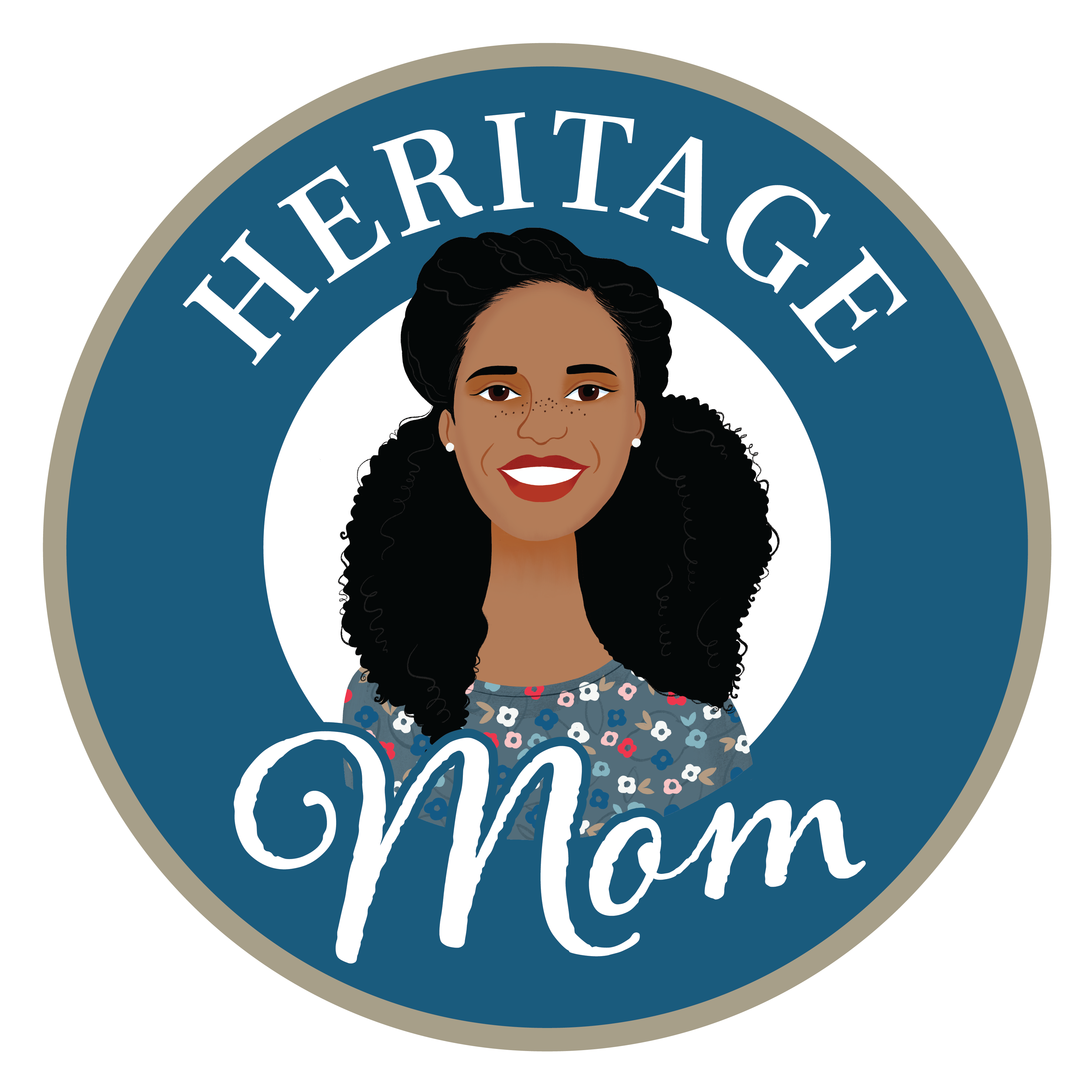



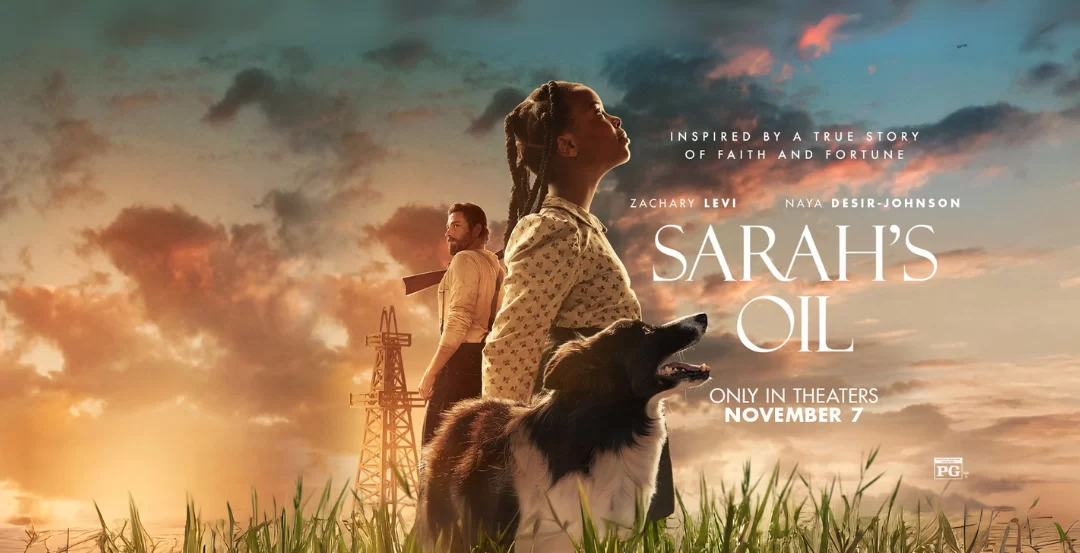

Love this! “Give them the truth and let them be.” 🙌
I’m glad that you like that! I think I need to get it on a t-shirt 🙂
If you want to put another trip on your schedule that speaks to this same area of study, head to New Orleans. The battle of New Orleans, the final battle of the American Revolution,at the end of the 1700’s, was fought right outside the city in Chalmette Battlefield. There is a also a plantation with the history of enslaved people, called the Whitney Plantation. New Orleans has very unique history in regards to the people of color who lived here…so much to explore….
Reading your comment excites me because I want to explore New Orleans so badly! I’ve heard all about the Whitney Plantation, and I know for sure that we’ll go there when we get the chance to visit LA. And now I’ll add Chalmette Battlefield to our list too. Thank you for sharing because I had no idea.
You could also look into the history of Carter Plantation in Springfield, LA. Its history is especially interesting since it was once owned by Thomas Freeman, a free man of color.
I will definitely check that out! Thank you for the recommendation because we’d like to plan a trip to LA in 2023.
“He also became a wealthy planter with hundreds of enslaved people so they would work for free to make and keep him rich.”
I’m sorry, but this statement needs to be corrected. The General did not own hundreds of slaves at the Hermitage. The most he ever owned was around 150. As a former historical interpreter at the Hermitage and now an amateur Jackson historian, I would be very interested in the documentation showing that he owned more. I also would like to know if there is documentation of of the multiple beatings of slaves. I’m not arguing with you or attempting to contradict you except for the first statement that I know is incorrect. I continue to study Jackson and it would help me tremendously to know from where you obtained your information, if you would be so kind as to share it.
Thank you so much!
Hi Karen! I got the information directly from the mouth of the interpreter during our tour. I trusted it as accurate, and that’s what she said. She read something he ran in a paper (or elsewhere) instructing anyone who caught one of his runaway slaves to give him extra beatings for additional money. She also shared another instance of him making an example of an enslaved person and threatening to fire the overseer if he didn’t beat hard enough. Sooo… That’s where I got the info from. A very quick google search landed me on this article which repeats much of what was shared during our tour: https://www.neh.gov/humanities/2014/marchapril/feature/hannah-andrew-jacksons-slave#:~:text=Between%201812%20and%201820%2C%20Jackson's,Hermitage%20and%20a%20Mississippi%20plantation
Also, I believe that the number of slaves that you’re referring to is the number between two properties at the time of his death, but it seems that many more were bought and sold during his lifetime. I sense that you may be more invested in this than me, so I’d suggest contacting your former employer to see if perhaps they’ve uncovered additional information since you last worked there or if they’d like to update their tour based on your feedback.
Heritage Mom–Thanks so much for your review of the Footsteps tour at The Hermitage. I’m going to email you privately with a few questions. But you are correct about the number of enslaved people. Andrew Jackson and his son, Andrew Jr. enslaved 308 men, women, and children between 1788 and 1865, some at The Hermitage and some at other plantations they were invested in, and of course, some at the White House. Karen, above, is not off-track, however. The 150 number formerly shared by staff only spoke to the highest on-site population at the time of Jackson’s death. Since her time here, we have even refined that number to 161 people owned on June 8, 1845, the day Andrew Jackson passed away. Jackson’s will then called for the sale or “gifting” of other enslaved people to family members. History is always a bit of a moving target! Thanks for sharing your experience! — Erin Adams, Director of Education
Hi Erin! Thanks for popping on with clarification. I really appreciate that, and I look forward to your email.